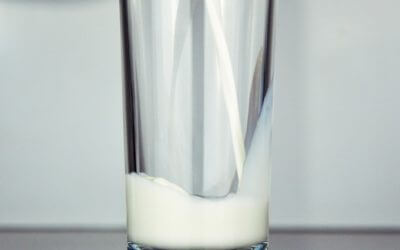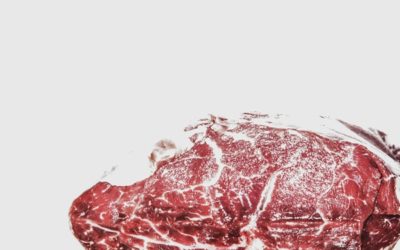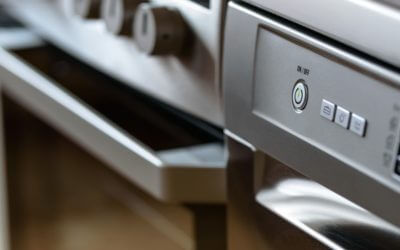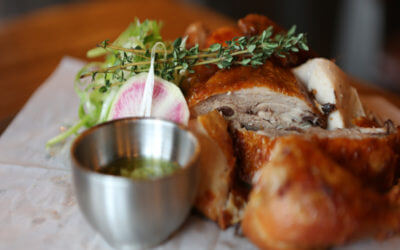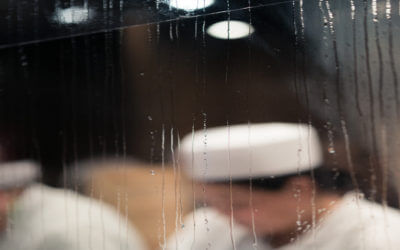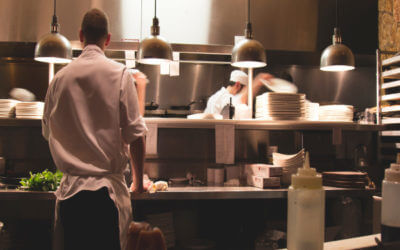Keep Pests Out of Your Commercial Kitchen
July 8, 2018Having pests in your kitchen is already a nightmare, but if health inspectors find them it gets even worse. Keep your guests safe and your restaurant operating safely.
Your commercial kitchen is automatically a target of a variety of bugs and other pests. It has everything they want – food, heat, shelter, and moisture. You have to fight hard to keep them out!
Here are steps you can take to keep your commercial kitchen clean and clear of unwanted visitors.
Plug Any Possible Entry Points
How do pests get in your kitchen? Because you’re not a bug, it can be hard to understand why they always find a way in. However, when you think small enough, you can start to see it.
Every crack and crevice is a way that pests can get into your commercial kitchen. Ensure that drain covers are tightly secured. Look for holes in walls, gaps in caulking, and any other gaps.
The most important entry points are those that lead directly outside. How secure is the seal around the doors? What cracks could there be in other external walls? Are pipes entry points properly sealed?
Finally, don’t limit your efforts to only the kitchen. Pests can come in through the dining room or staff areas as well, and make their way to the abundant food in the back. Make sure window seals, door seals, and walls are secure and don’t offer any points of entry.
Check for Pests Near Stored Food
Finding larvae around the edge of an unopened can is not only frightening, it’s a good sign that you need to contact a professional right away.
Other places you might find evidence of pests during your workday include:
- In grain-based foods such as flour, cereal, and pasta
- Shelving or the floor may have droppings that let you know you have unwanted visitors
- Trash bags and trashcans are common places pests hide
Water is another attractant for pests. Leaking pipes, standing water, or dripping faucets are issues that should be fixed – both to save you money and to keep pests away.
Keep Things Clean – Very Clean!
You may not think a crumb or a single piece of pasta on the floor of your commercial kitchen is a very big deal. Bur remember, for the right pests, that’s a feast!
If you have kitchen equipment that’s difficult to move, put it on rollers so that your staff can clean around it. Sweeping and mopping should happen throughout the day, not just at the end. Otherwise, things pile up so much it’s hard to get everything.
Wiping counters is vital, and so it wiping down shelves and storage cabinets. Any spillage will give pests a perfect buffet and they will not miss the opportunity to take advantage!
Keep Your Commercial Kitchen in Top Shape
You invested a lot of money and time into setting up the right commercial kitchen. There’s no reason for your food operation to be stopped short by mice, bugs, and other pests.
Instead, take the steps needed to keep your kitchen in top shape. If you need a key piece of new or used equipment to round out your operation, we’re here to help. Contact us for a quote today!
5 Things Every Restaurant Owner Should Do Before Buying Used Kitchen Equipment
Equipping your restaurant properly can cost a lot of money, so buying used kitchen equipment is the go-to choice for many restaurateurs. Buying used kitchen equipment for a restaurant is a bit different than buying used equipment for your home, however. You will...
Top Restaurant Technology Trends in 2018
When looking to buy restaurant supplies, you want to be on the leading edge of technology trends. This will keep your kitchen running smoothly. Let’s take a look at some of the most recent trends in restaurant supplies technology. 1. New Payment Options Who would...
5 Different Ice Shapes and Why You Should Care About Them
Ice makers are very popular in the restaurant and foodservice community because they eliminate the need to buy ice every day. And of course, adding an ice maker to your collection of foodservice equipment means you will always have ice on hand when you need it. An...
Pulping and Grinding: A Starter’s Guide to Reducing Commercial Food Waste Costs
For most restaurant owners and managers, the expenses involved in making meals are always under careful consideration. Water is needed to prepare, cook and wash food; power is necessary for food prep, cooking and cooling, and so on. However, how many of us consider...
Choosing the Right Milk Cooler: Cold Wall or Forced Air?
In a restaurant, milk is an essential to have on hand for coffee and other café-style beverages, for serving with kids’ meals, and as a key ingredient in many recipes. Keeping your milk properly chilled can be difficult without the proper restaurant equipment....
How to Choose Your Next Commercial Meat Smoker
The movies that connect with us on a personal level are the ones that linger in our memories forever. Anyone who has used a commercial meat smoker knows that they have a huge influence on the taste of a meal. You need to have just the right kitchen equipment to get a...
Are High Speed Ovens Too Good to be True?
You might have heard a few of the bold claims that foodservice equipment manufacturers have been making about high speed ovens, but they can’t be possible, right? Cooking three times as faster as regular ovens? Five times as fast? Fifteen times as fast? It may seem...
Choosing the Right Food Storage Containers for Your Restaurant
Choosing the right kitchen supplies will make a difference in your restaurant. Whether it is heavy duty kitchen equipment or food storage containers, each piece of equipment plays its own important role. Today, we are going to talk about how to choose the right food...
Tipton’s Guide to Perfect Poultry Trussing
Do you ever truss birds in your commercial kitchen? Trussing is a fantastic cooking technique because it makes poultry cook faster, look more attractive and taste better. If your commercial kitchen prepares poultry, you don’t want to miss these trussing tips. Trussing...
How to Eliminate Excess Condensation in Your Kitchen
Is your commercial kitchen getting steamy? If so, you could have more than just an uncomfortable working environment on your hands. Excess moisture in your commercial kitchen can result in the corrosion of equipment, the development of mold, and even damage to your...
The DIY Guide to Your Restaurant’s Own Garden
Stocking your restaurant supply with your own home-grown herbs and produce can truly bring your dishes to life. When it comes to food, everyone knows there’s nothing like homemade and home-grown. Having your own culinary garden, however large or small, can help you...
5 Reasons a Meat Grinder Will Set Your Burgers Apart
The more you do to prepare your foods in-house with the right kitchen equipment, the fresher and more flavorful your dishes become. There are all sorts of restaurants offering fast-food style burgers, but some diners are looking for the real deal. A fresh, juicy...
Pest Preventions to Implement in Your Commercial Kitchen
Restaurant pests: it’s something that few people want to think about. Like it or not, pest management is an essential consideration for every commercial kitchen. Offering food, shelter and water, the unprepared commercial kitchen naturally provides everything pests...
Choosing the Right Material for Your Cooking Equipment
Kitchens are very unique to their chef. Just like a car mechanic has a toolbox unique to them, so is the cooking equipment in a kitchen. And over time, the same cooking equipment become a natural extension of the chef. What tools are you using in your kitchen? It...
Kitchen Hacks for Your Home
Some people are naturally good at certain skills. We all know someone who is naturally book smart, athletic, or musically inclined. What makes you jealous of them is how easy they make tasks seem compared to you. One skill might be cooking. Your dream may not be...





